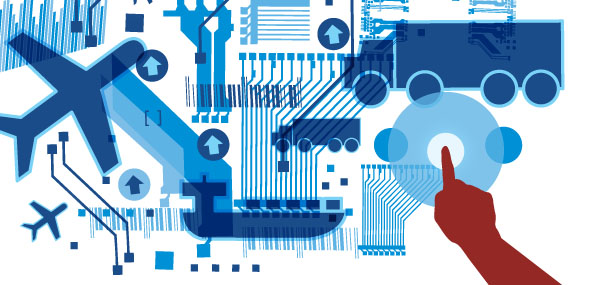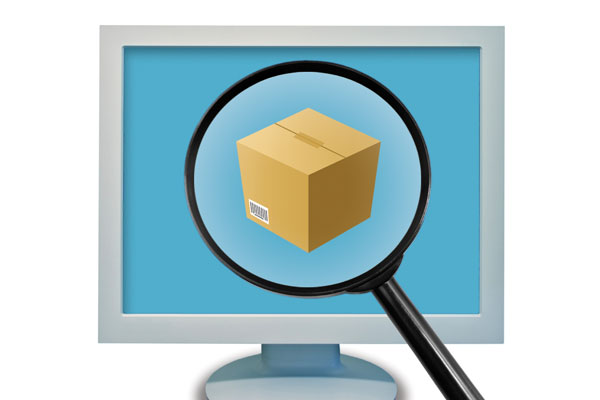Articles
Software-as-a-Service (SaaS)

SaaS TMS Facilitates Carrier Management
Q: How can shippers navigate today’s tight capacity market? A: For companies to have the assurance of consistent, competitively priced, service-oriented capacity through the ups and downs of the transportation marketplace, being a shipper of choice is imperative. Here are a few tips to get started: Go beyond rates. Best practice suggests taking a multi-tiered […]
Read More
SaaS-Based Transload Management Systems Enable Transport Efficiencies
Q: Why are rail shippers turning to transload facilities to ship products to receivers? A: Transload facilities bring significant economic advantage to shippers who are not directly served by railroads, but desire the cost-effectiveness of rail shipping. Transloading operations provide the capability to transfer products between transport modes—primarily truck to rail. Typically, products are transported […]
Read More
SaaS-Based TMS Empowers Global Freight Management
Q: What are the biggest challenges facing shippers in today’s economic environment? A: In today’s volatile market, managing transportation domestically and globally is a key factor for a more efficient and cohesive supply chain. Many businesses still use manual methods to manage freight, with no way to measure service or performance. Other companies are bound […]
Read More
Software as a Service: Changing the TMS Landscape
In 2009, a major cable manufacturer was faced with rising LTL costs, a disorganized supply chain, and a severe lack of reporting capabilities. The recovering freight market forced carriers to raise rates, and the manufacturer was told by its LTL carrier base it was at a "less than optimal operating ratio." The shipper needed a […]
Read More
How to Benefit from SaaS TMS
Emerging technology platforms are accelerating the maturation of transportation and logistics solutions, particularly those that enrich and empower the user community by integrating partners and aggregating data. The Software-as-a-Service (SaaS) transportation management system (TMS) is a prime example. SaaS TMS is a single-instance, multi-tenant environment where customers and their partners access a shared solution via […]
Read More
What Makes a Great TMS?
Q: The transportation management system (TMS) market is growing rapidly. What is driving this activity? COMRIE: Growth is coming from both shippers and logistics service providers. 3PLs are recognizing opportunities where they can affect change within their organizations by adopting TMS solutions that have more robust functionality. They now view transportation management technology as a […]
Read More
Technology Provides Visibility into Global Supply Chains
Q: When managing global transportation, how do advanced Software-as-a-Service (SaaS) transportation management systems (TMS) compare to traditional installed-based rivals? Ahearn: As more companies expand overseas and offshore, managing transportation is quickly becoming a challenging factor of globalization. With a true SaaS TMS, multiple organizations—including vendors, carriers, and shippers—are able to work collaboratively in a single […]
Read More
Enhanced Visibility: The Future of TMS
Q: How does a SaaS transportation management system (TMS) encourage collaboration, and why is collaboration important in today’s challenging economic environment? Timmer: In a SaaS multi-tenant TMS environment, all community members of the transportation network operate from the same instance of the TMS software, regardless of their point or date of entry into the network […]
Read MoreHigh Tech: The Rise of SaaS and the Cloud
Supply chain technology is going to the cloud—yet the forecast is anything but gray. Cloud-based multi-tenant solutions help companies achieve better execution, visibility, cost savings, and collaboration with trading partners across the supply chain.
Read More
How to Select a Transportation Management Solution
MORE TO THE STORY: The TMS Revolution Selecting a new transportation management solution (TMS), whether fully outsourced, hosted, or internally installed, requires much due diligence to pair functional need with strategic vision. Shippers can get the most out of their TMS solution and service provider by following five progressions. Know what you need before you […]
Read More